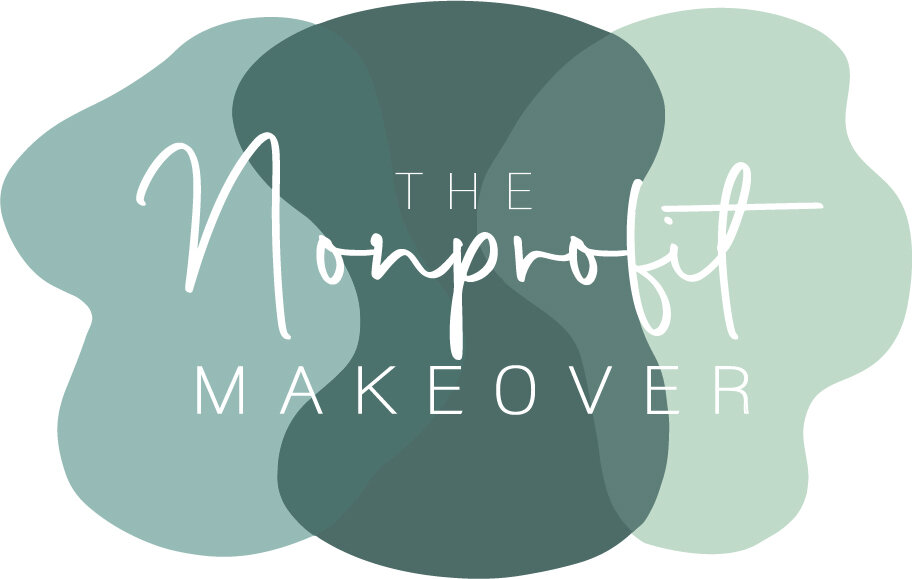Board v. CEO: When Leadership Clashes
Photo Credit: Tima Miroshnichenko, via Pexels
By Jenn Rockefeller
Individuals who join a nonprofit organization do so because they are passionate about the nonprofit’s values and mission. For the most part, the organization is run like a well-oiled machine. You have everyone working together for a common goal. However, sometimes conflicts can and do arise within the ranks. You may expect this conflict to occur between staff or volunteers, but sometimes this conflict can actually happen between board members and the Chief Executive Officer (CEO).
When the board and CEO collide
Most often, it’s not the entire board that clashes with the CEO, but one or two people who cause strife. And when it’s only one or two, they are the ones who can recruit others to join their cause. Then that’s when the issues really begin.
Personal feelings get in the way of accomplishing the task at hand. According to an article by Emily Watson and Melanie Lockwood Herman on the Nonprofit Risk Management Center, there’s no going back when the line is crossed.
“Once that line is crossed, there may be little that can be done to revert the relationship back to civility and respect, therefore ending all hope of a productive relationship,” Watson and Herman said.
According to an article by Martin J Cowling on Better Boards, there are three main reasons why boards and CEO’s might find themselves in a serious bind due to the discord:
A misunderstanding of duties and expectations,
Personality conflicts,
Toxic behaviors.
Characteristics of toxic board members
When board members clash with the CEO and others in the organization, it can be for a number of reasons. One such reason is that they think highly of themselves. They are of the opinion that they should be the head honcho. They question why the CEO is the one getting all the recognition when they are the ones who are behind the scenes and making the decisions.
Behaviors a toxic board director may display can include:
An intimidating tone,
Eye rolling,
Scoffing at ideas or suggestions,
Refusing to accept different points of view,
Believing themselves to be the expert,
Wasting time on trivial matters,
Circling topics back onto themselves,
Taking on a micromanagement role,
Nitpicking every detail,
Lying, cheating, or gossiping.
All of the above characteristics can apply to toxic CEOs, as well.
How to minimize conflict
It’s inevitable that conflicts will come up. Not everything is going to be sunshine and rainbows all the time. But when conflicts do arise, how do you mitigate them? What does the organization do to minimize conflict?
Cowling suggests board members ought to be reacquainted with their expected duties so that they can better understand the organization’s values and mission. Below is a list of additional ways to minimize leadership clashes:
Set goals to accomplish for each meeting and stick to them,
Talk openly about roles,
Report back on tasks,
Let go of hurt, anger, or resentment when others let you down,
Provide clear and regular communication.
Above all, it’s imperative to remember that toxic behaviors, like intimidation and bullying, won’t be tolerated. Have clear cut rules of what your organization will do in such cases.
What happens when the conflict isn’t resolved
Sadly, when conflicts between the CEO and the director cannot be resolved, it causes turmoil for the rest of the board and staff. Lines are drawn, and there is typically someone who won’t end up happy. In fact, to make sure the board doesn’t face consequences for their actions, they may wind up siding with the director. It’s easier to side with the devil you know, isn’t it? And when that happens, the CEO is the one who winds up on the outs. And it isn’t until the worst happens that the true colors of the director are seen.
Whether you are the board director or the CEO, it’s always in your best interest to uphold yourself with the highest integrity. Doing so will give your nonprofit organization the best chance of success.
Ready to take your nonprofit to the next level? Visit our services page to book a consultation and learn how The Nonprofit Makeover can help you.


